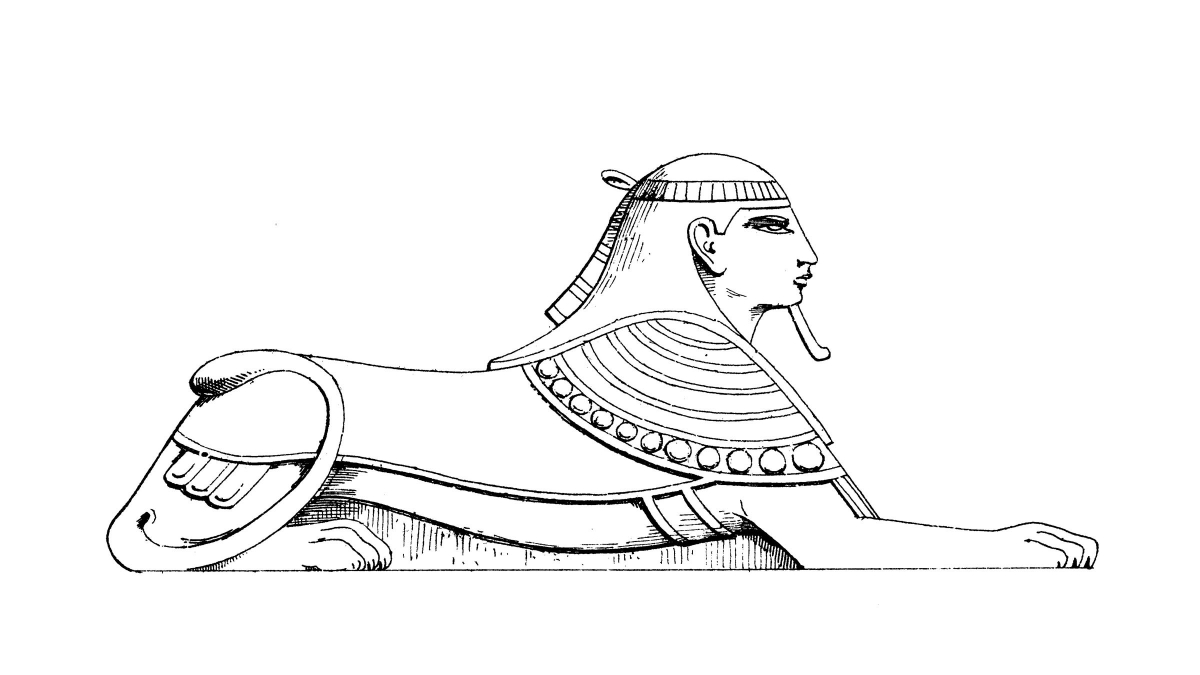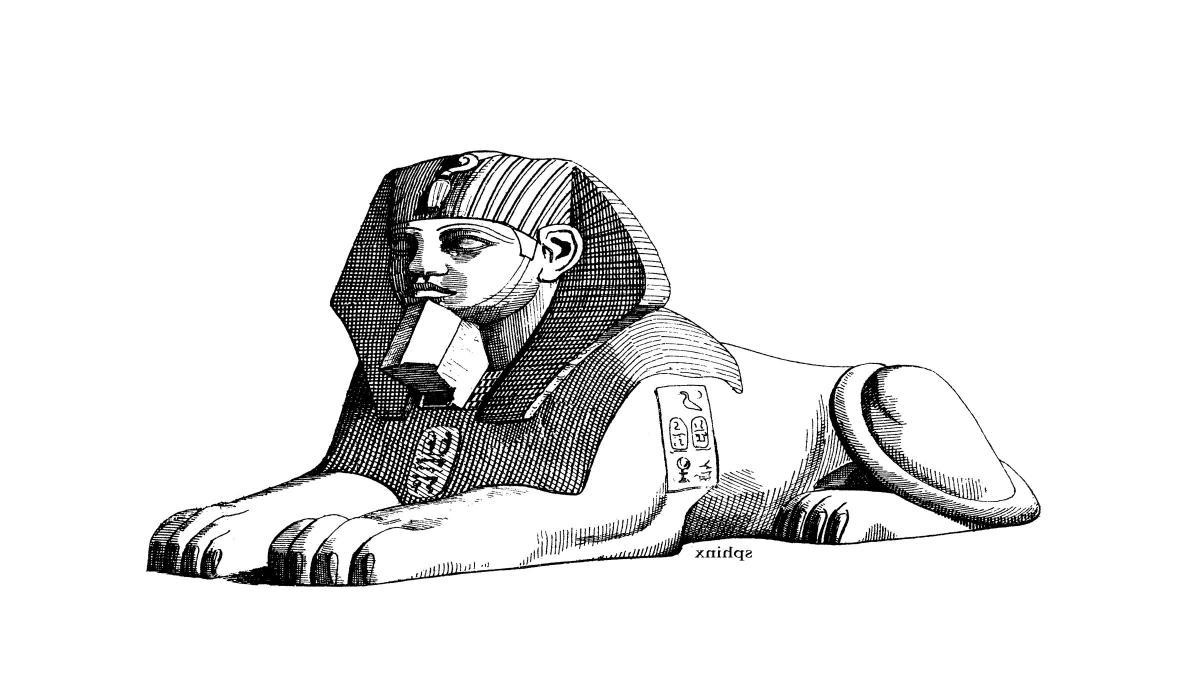The Age of Pyramids
We know more about the Ancient Egyptians than any other ancient civilization.
Scribes of the Old Empire Tombs are major primary sources of information about Ancient Egypt. The Ancient Egyptians believed that death was not the end; there was an afterlife. This afterlife would be very much like this life. The deceased would still need food, drink, clothing and other necessities of ordinary life. Ancient Egyptians who could afford to do so

constructed tombs for themselves and placed many of their possessions inside. They wrote their own names and titles, and sometimes something about their characters, on the walls of their tombs, so that the living would be moved to pray for them. Knowing that thieves might break into their tombs and steal their provisions, the Ancient Egyptians also placed named images of these articles on the walls of their tombs. Their own bodies - mummified human remains or skeletons - are still often found in their tombs.
The Ancient Egyptians were literate. By five thousand years ago, they were keeping records of all kinds of information. For the Age of the Pyramids, there are many good written sources of information. A few of these sources are stelae, tomb biographies, letters, papyri, and pyramid texts.
Archaeological Remains
Egypt's dry climate has preserved almost everything that was buried in the deserts. Because tombs were constructed in the deserts, their structures and contents often survive for thousands of years. Towns, however, were built nearer to the Nile. People have continued to live in many of the same places, so that ancient towns are often buried underneath modern ones. They can't be excavated without disturbing the people who live and work there. Even when townsites are accessible, changes in the course of the river, and the natural rot that occurs in wet soil, mean that fewer materials from towns and villages have survived. Modern methods of archaeology, however, can coax secrets even from water-logged soils in the Delta. Here is a list of the main types of archaeological evidence found in Egypt:
- bakeries and food processing areas
- cemeteries
- garbage dumps
-
houses

- palaces
- pyramid complexes
- quarries
- roads
- temples
- tombs: mastaba and rock carved
- townsites
- workshops
